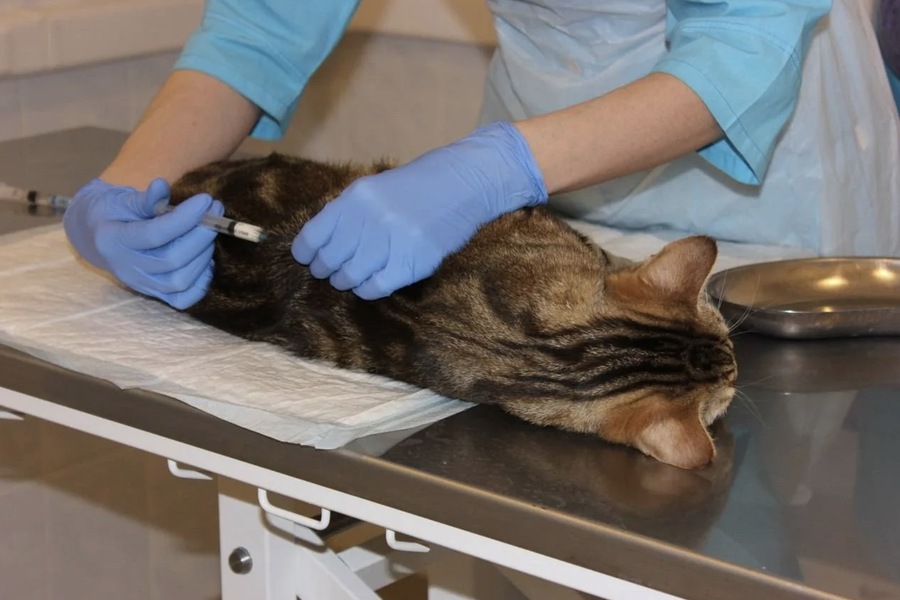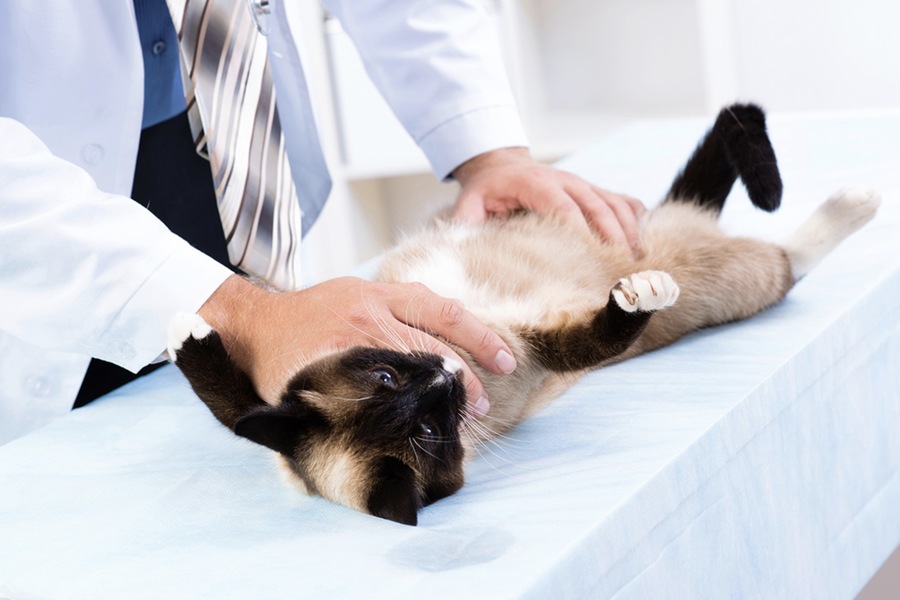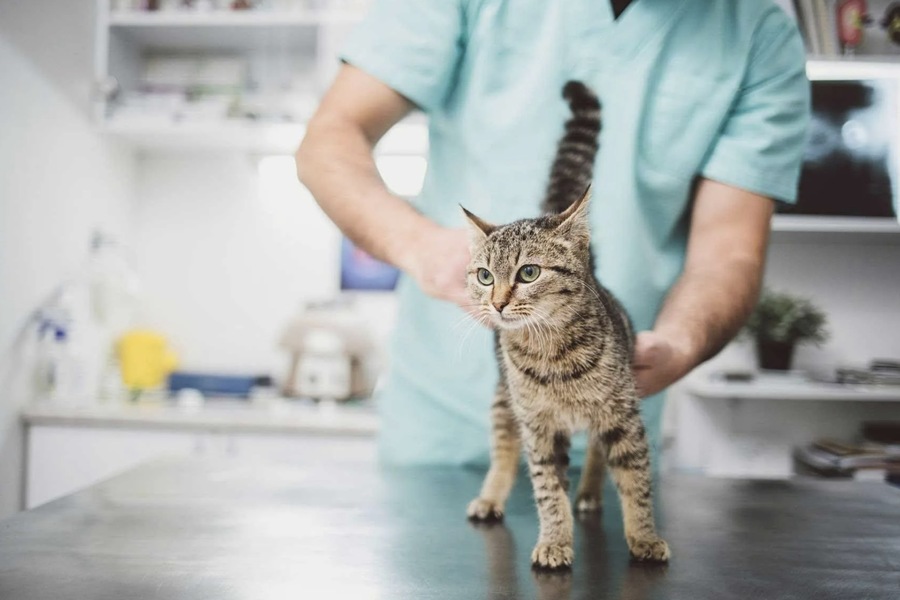
Exploring Alternatives to Traditional Cat Sterilization Methods
Cat sterilization has long been a cornerstone of responsible pet ownership, population control, and animal welfare. Traditional methods, such as spaying and neutering, have been widely used to prevent unwanted litter and reduce the number of homeless cats. However, these surgical procedures are not without their drawbacks, prompting researchers and veterinarians to explore alternative methods. This article delves into the various alternatives to traditional cat sterilization, examining their benefits, challenges, and potential impact on feline population management.
Understanding Traditional Cat Sterilization
Traditional cat sterilization involves surgical procedures that remove or alter the reproductive organs of cats. For female cats, spaying involves removing the ovaries and uterus, while neutering for male cats involves removing the testicles. These procedures are highly effective in preventing reproduction but come with risks associated with surgery, including anesthesia complications, post-operative pain, and the need for recovery time.
The Need for Alternatives
The search for alternatives to traditional cat sterilization methods is driven by several factors:
- Surgical Risks: Traditional methods involve invasive surgery, which carries inherent risks such as infection, anesthesia reactions, and prolonged recovery periods.
- Cost: Surgical sterilization can be expensive, limiting its accessibility, particularly in low-income areas or regions with large stray populations.
- Logistics: Managing large-scale sterilization programs for stray and feral cats can be logistically challenging, requiring significant resources and infrastructure.
- Animal Welfare: Minimizing the stress and discomfort associated with surgery is a key consideration in improving animal welfare.

Chemical Sterilization
Chemical sterilization methods involve the use of drugs or hormones to inhibit reproductive capabilities without the need for surgery. Several approaches have been explored in this domain:
Contraceptive Vaccines
Contraceptive vaccines work by inducing an immune response against reproductive hormones or proteins, thereby preventing reproduction. One such vaccine, GonaCon, has shown promise in various animal species, including cats. GonaCon targets gonadotropin-releasing hormone (GnRH), reducing fertility by inhibiting the production of sex hormones. The vaccine can be administered via injection and may provide long-term contraception with a single dose.
While promising, contraceptive vaccines require further research to determine their long-term efficacy and safety in cats. Additionally, the need for booster shots and potential side effects must be carefully evaluated.
Hormonal Implants
Hormonal implants release a steady dose of contraceptive hormones, such as progesterone or deslorelin, over an extended period. These implants are inserted subcutaneously and can prevent pregnancy for several months to years, depending on the formulation. Deslorelin implants, for example, have been used successfully in other species and are being investigated for use in cats.
Hormonal implants offer a non-surgical alternative to sterilization but may have side effects related to hormone regulation. Regular monitoring and potential replacement of the implants are necessary to maintain contraceptive effectiveness.
Immunocontraception
Immunocontraception involves using the body’s immune system to prevent reproduction. This method targets specific reproductive proteins or cells, triggering an immune response that renders the animal infertile.
Zona Pellucida Vaccines
Zona pellucida (ZP) vaccines target proteins in the outer membrane of the egg, preventing sperm from fertilizing the egg. These vaccines have been studied extensively in wildlife population control and are being explored for use in cats. ZP vaccines can be administered through injection and have shown varying degrees of success in different species.
The primary challenge with ZP vaccines is achieving consistent and long-lasting infertility. Booster doses and individual variability in immune response are factors that need to be addressed.
Gene Editing
Gene editing technology, particularly CRISPR-Cas9, holds potential for developing permanent, non-surgical sterilization methods. By targeting and modifying specific genes involved in reproduction, researchers aim to create genetically infertile cats.
CRISPR-Cas9 Applications
CRISPR-Cas9 can be used to disrupt genes essential for fertility, such as those involved in sperm or egg production. This approach has been demonstrated in laboratory settings but requires extensive research to ensure safety, efficacy, and ethical considerations.
Gene editing for sterilization raises significant ethical and regulatory questions, particularly regarding unintended consequences and the potential impact on genetic diversity. Robust oversight and long-term studies are necessary before this technology can be widely adopted.
Non-Surgical Sterilization Agents
Research is ongoing to identify non-surgical agents that can induce sterilization through chemical or biological means. These agents aim to provide a one-time treatment that results in permanent infertility.
Calcium Chloride
Calcium chloride has been studied as an injectable sterilant for male animals, including cats. When injected into the testes, it induces fibrosis and atrophy, rendering the animal infertile. This method offers a low-cost, non-surgical alternative to traditional neutering.
While promising, the use of calcium chloride requires precise administration and carries risks of injection site reactions and variability in efficacy. Further research is needed to refine this method and ensure its safety for widespread use.
Ethical and Practical Considerations
The development and implementation of alternative sterilization methods involve various ethical and practical considerations:
- Animal Welfare: Ensuring that alternative methods minimize pain, stress, and long-term health impacts is paramount.
- Efficacy and Safety: Rigorous testing is required to confirm the effectiveness and safety of new sterilization techniques, including potential side effects and long-term consequences.
- Cost and Accessibility: Alternatives must be affordable and accessible to have a meaningful impact on population control, particularly in areas with high stray and feral cat populations.
- Regulatory Approval: New methods must undergo regulatory scrutiny and approval processes to ensure they meet established standards for animal care and public health.

Potential Impact on Population Control
Effective alternatives to traditional cat sterilization methods could significantly enhance population control efforts. By reducing the logistical and financial barriers associated with surgical sterilization, these methods can facilitate large-scale sterilization programs, particularly in regions with limited resources.
Improved population control can lead to numerous benefits, including:
- Reduced Homelessness: Decreasing the number of unwanted litters can reduce the population of stray and feral cats, mitigating issues related to homelessness and overpopulation.
- Improved Public Health: Controlling the cat population can reduce the spread of zoonotic diseases and minimize public health risks associated with feral cat colonies.
- Enhanced Animal Welfare: Effective population control measures can improve the overall health and well-being of cats by reducing competition for resources and lowering the incidence of infectious diseases.
Conclusion
Exploring alternatives to traditional cat sterilization methods is a critical area of research with significant implications for animal welfare, population control, and public health. Chemical sterilization, immunocontraception, gene editing, and non-surgical agents offer promising avenues for achieving effective, non-invasive sterilization.
As research progresses, it is essential to address the ethical, practical, and regulatory challenges associated with these alternatives. By developing and implementing safe, effective, and accessible sterilization methods, we can improve the lives of cats and enhance our ability to manage feline populations responsibly.
For more information on animal welfare and sterilization methods, visit the American Veterinary Medical Association (AVMA) and the Humane Society websites.

Biker, vegan, music blogger, Bauhaus fan and Guest speaker. Performing at the crossroads of minimalism and programing to create great work for living breathing human beings. Nothing ventured, nothing gained.